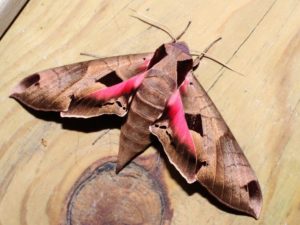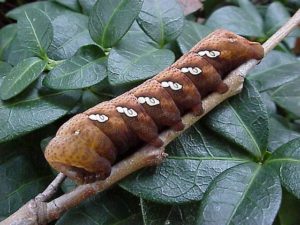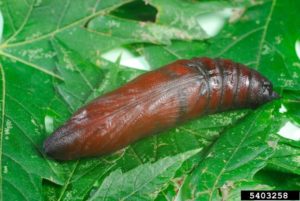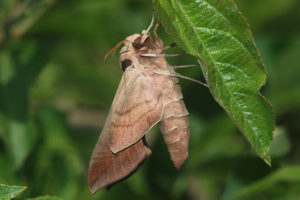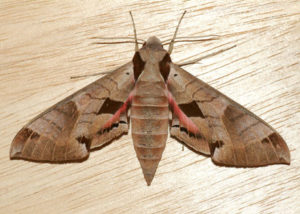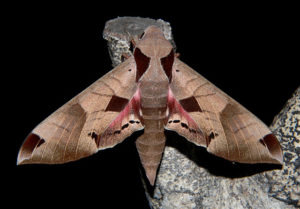Achemon Sphinx Moth (Eumorpha achemon)
Achemon sphinx moth of the Sphingidae family is indigenous to several parts of North America. Some of the synonyms associated with this moth include Sphinx achemon described in 1777 by Drury and Sphinx crantor, coined by Cramer in 1777
objects.liquidweb.services
Scientific Classification
- Family: Sphingidae
- Genus: Eumorpha
- Scientific Name: Eumorpha achemon
Description and Identification
Caterpillar
The Achemon sphinx moth caterpillar is cylindrical and hairy, growing to a length of about 3 inches. Its colors vary from reddish-orange to light green to brown or tan. The younger larvae have a long and flexible spine on their abdominal tip. They have a reputation for feeding voraciously, infamous as a vineyard pest.
Adult Moth
Sexual Dimorphism: Present
The females appear larger than the males, also with a heavier abdomen.
Color and Appearance
Forewings: When opened, it appears pinkish-brown with dark spots in the shape of a square near the edges. When closed, it seems less pink and more brown, with the squarish spots not visible.
Hindwings: When opened, it is majorly pink with a brown band near the border, mostly separated by a black line, broken in between. When closed, the color mostly remains the same, with the black lines lightly visible.
Average Wingspan: 8.7 – 9.7 cm
Flight Pattern: Consistent
Season: North – June – August; South – May – August
Egg
The eggs are laid on the leaves’ upper side and hatch in about nine days. They appear large with a green coloration.
Quick Facts
| Distribution | Different parts of North America from Maine to North Dakota; southern parts of Oregon, south Florida, South California as well as Mexico |
| Habitat | Woodlands, scrublands, suburbs, and gardens |
| Predators | Not recorded |
| Lifespan of Adults | About a month |
| Host Plants | Virginia creeper, peppervine |
| Adult Diet | Nectar of flowers like Japanese honeysuckle, |
Scientific Classification
- Family: Sphingidae
- Genus: Eumorpha
- Scientific Name: Eumorpha achemon

